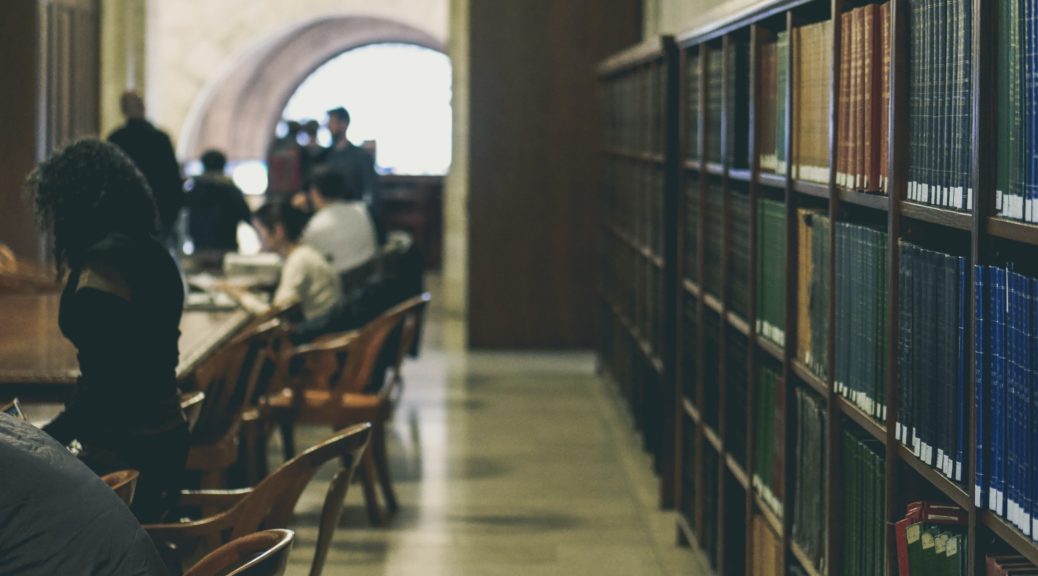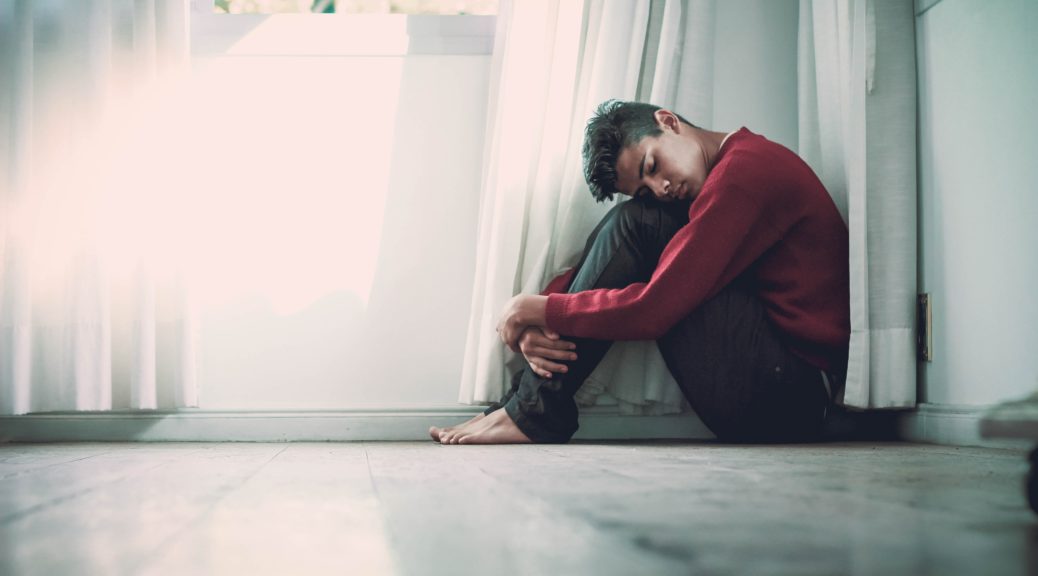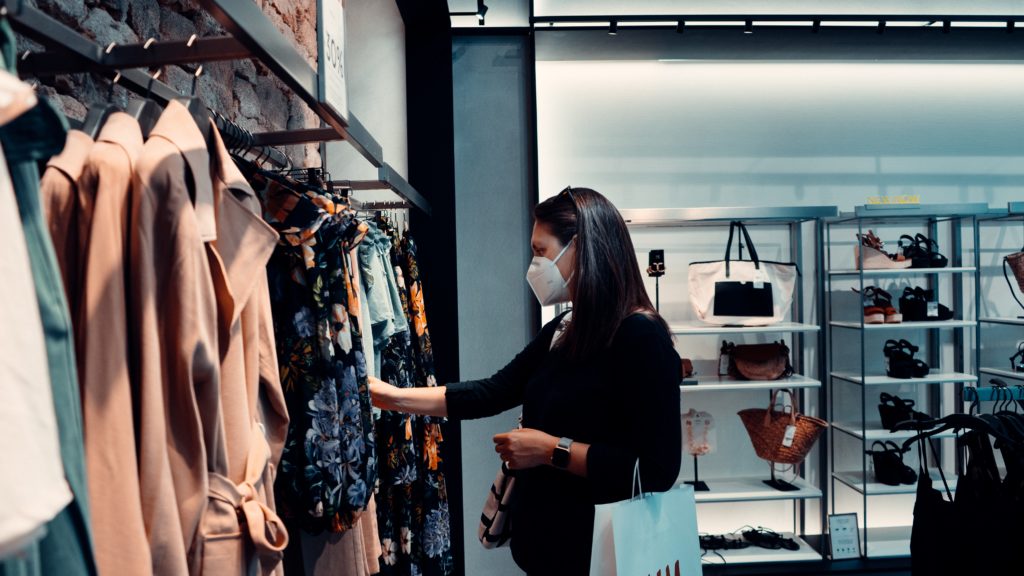By Sarah Selke
Edited by Natalie Grace Sipula
[3 minute read]
The life of a college student is pretty hectic. If you have several hours to spare in between classes, finding a good place to study is essential to getting work done. Whether you like being outside under the sun or inside a building with plenty of lounge room, there’s always a spot to meet your preferences. Here are some of my favorite places on campus to study or simply relax.
Nazarian Pavilion Courtyard
Located behind Doheny Library, Nazarian Pavilion Courtyard is a great place to study while being conveniently located next to the coffee shop Literatea. This tucked away patio has a handful of seats enclosed by the library’s brick-red walls. Grab a drink or snack and settle down in this secluded courtyard for a couple of hours.
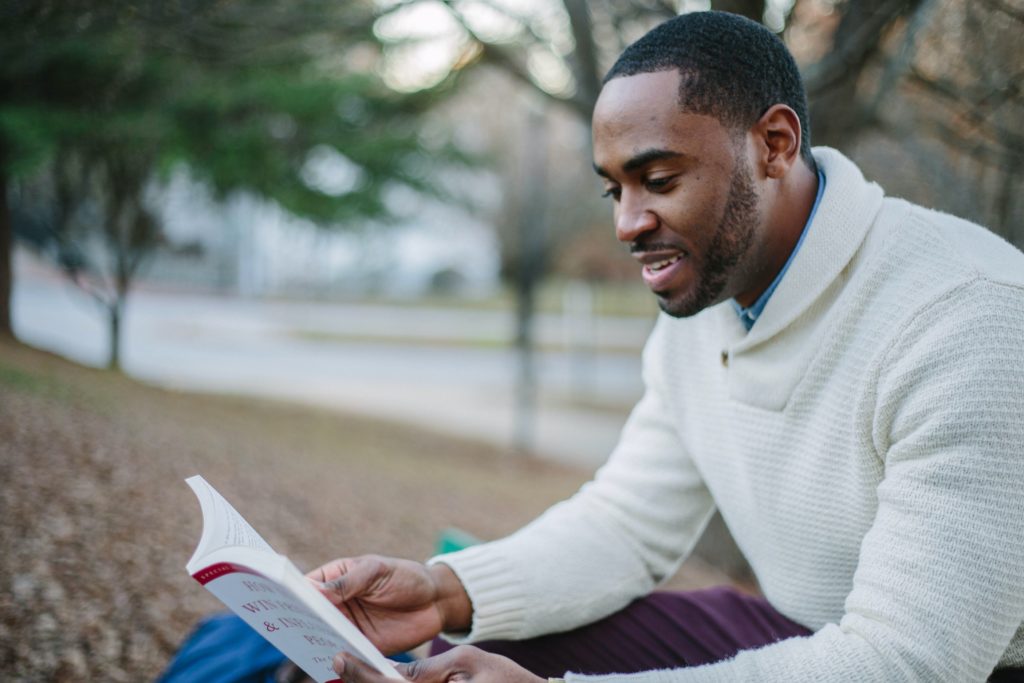
Queen’s Courtyard
Located outside of the USC Thornton School of Music, Queen’s Courtyard is a grassy park that is frequently occupied by music school students. Shaded beneath a canopy of trees, this is the perfect spot to study, nap, or picnic whilst being surrounded by the faint sounds of instruments playing.
Hoose Library of Philosophy
Probably the quietest of USC’s libraries, the Philosophy Library is located on the top floor of the Mudd Hall of Philosophy and is a beautiful place to study completely undisturbed. Situated near the Metro Expo line, this library has an ancient ambiance aided by chandeliers and colorful stained-glass windows. There are seats tucked away between bookshelves, making for the ideal spot to study indoors without any distractions.
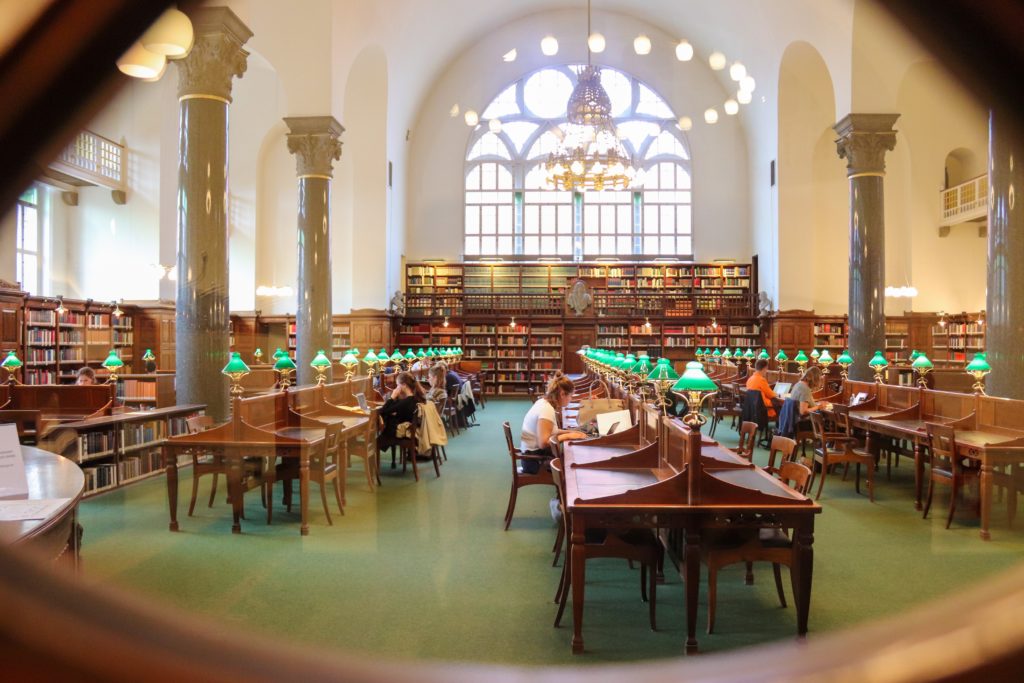
Verna & Peter Dauterive Hall
The relatively new Verna & Peter Dauterive Hall is a clean and spacious indoor space that is great for studying. There are plenty of chairs and sofas on the lowest level that offer a comfortable getaway from the bustle of campus center. A beautiful long glass piece hanging from the ceiling makes the interior somewhat reminiscent of a quiet shopping mall.
Archimedes Plaza
Located near the Viterbi School of Engineering, Archimedes Plaza is the ideal place for students to get some work done. Shaded by cardinal umbrellas, this spot offers fountain views and close access to the engineering library as well as the engineering school classrooms. It is particularly convenient for students studying in STEM classes who might wish to get a bit of fresh air between classes.
Continue reading Best Study Spots on Campus
